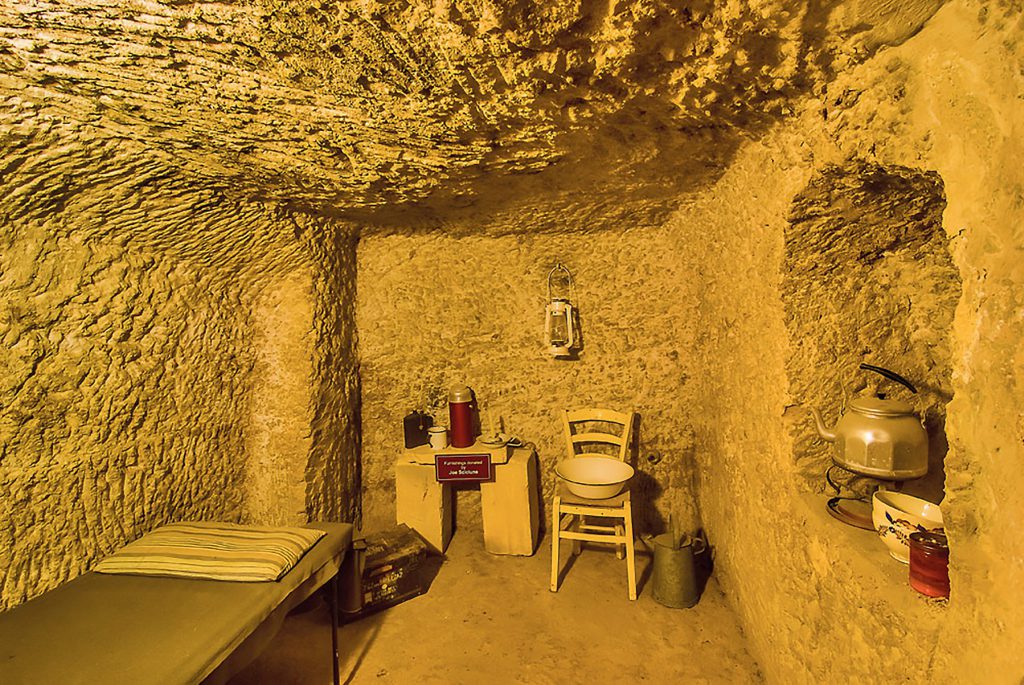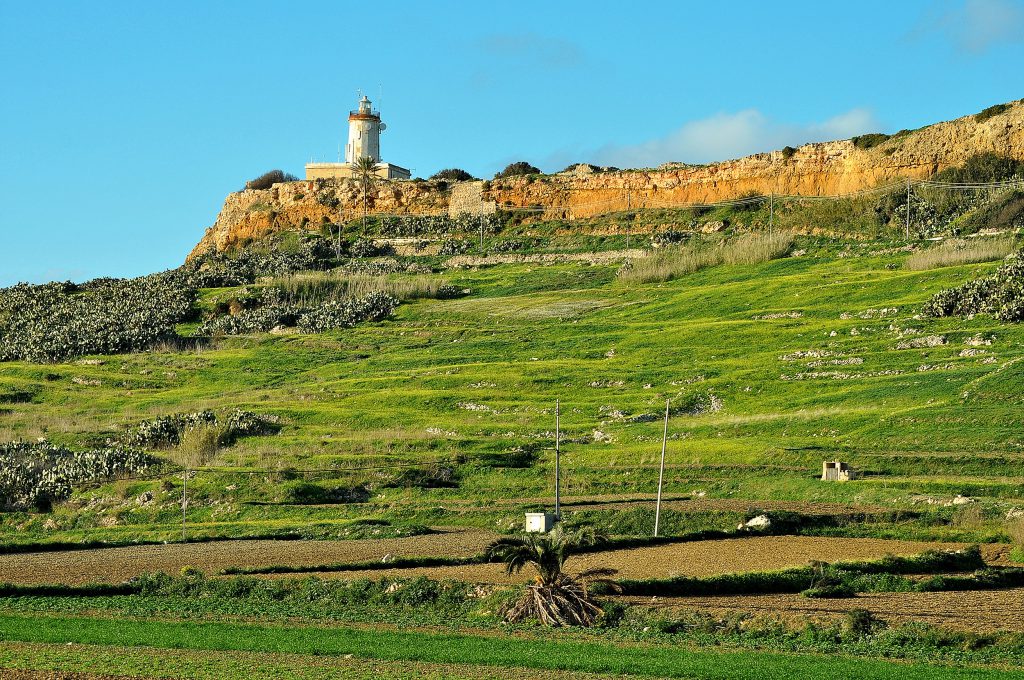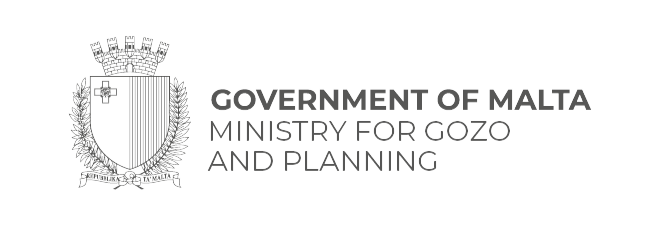Things to do in Gozo if you’re interested in the Gozo World War II Story
Gozo’s steeped in history, and when it comes to World War II inspirations, the island offers a variety of exciting and significant sites. So, if you’re a World War II enthusiast and after more places to visit and things to do in Gozo, rest assured that these five spots will give you a fuller picture of what Gozo went through in World War II.
Underground Shelters

Gozo was not only the Gozitans’ home during World War II. It also became home to several thousands of Maltese refugees who left mainland Malta and moved to Gozo. Gozo was not only a safer place to live, but famine was less of a threat too. Despite the hardships, the rural island of Gozo was better off. Gozo’s history books show that between 1941 and 1942, many underground shelters were excavated. While there are many private underground shelters in houses, Gozo has around 170 public shelters. Shelters were a crucial part of the defence of the civilians as the island of Gozo had nothing to mitigate attacks. These shelters are notoriously found in the villages’ main squares and central points with interlinking tunnels between them. An extensive shelter complex consisting of 32 rooms and tunnels runs underneath the St. Martin demi-bastion at the Citadel. This complex is not open to the public, but make sure you’ve listed the shelter located at St. John’s demi bastion at the Citadel on your list of things to do in Gozo.
Bombing Sites
In terms of bombings and air raids, Gozo was spared the devastation inflicted on Malta. Malta is considered to have been the most bombed country during World War II. Gozo, on the other hand, had a less harrowing experience. Initially, Gozo was only struck by random bombs dropped by the Italian and German fighter planes seeking to release their load on their flight back home. From 1941 to 1943, Gozo experienced a war rampage through seven major bombings in Victoria, Nadur, Xewkija, Għajnsielem, Xagħra, Għarb and Ta’ Sannat. The worst attack was the bombing in 1942 on the village of Ta’ Sannat. That bombing hit a bakery in the middle of the morning, leaving 18 dead and over 70 injured. The day saw many causalities, and historians consider it a significant catastrophe in Gozo’s modern history. In those days, the island’s hospital was the building that today houses the Ministry for Gozo in Saint Frances’ Square. The stress and panic lived on the day are visible even in the hospital’s records. If you’re visiting the village of Ta’ Sannat, you can stop by the church, where a plaque, including bomb shrapnel, commemorates those who died in this tragedy. Further uphill, at Xelina Square and in Main Street, where the bom bing occurred, one can visit the official memorial on site.
Ġurdan Hill & Xewkija Airfield

Ġurdan Hill is notorious for its lighthouse and scenic views, but few know about this hilltop’s curious role in World War II. In July of 1943, the Allies were focused on the invasion of Sicily. Operation Husky, as it was code-named, saw Ġurdan Hill as the vantage point which housed the radar unit for this manoeuvre. Hike up Ġurdan Hill and think of what the spot meant for those involved. Operation Husky also needed an airfield built on the Ta’ Lambert site in Xewkija. Considered one of the forgotten airfields of Europe, part of the site has become the road leading from Mġarr to Xewkija. As you drive from Għajnsielem to Xewkija, stop and take in the surroundings. As a hilly island, Gozo has very few flat areas that could be used in such a mission. However, this strip of land saw many fighter squadrons use the airfield as a launch pad and emergency landing strip in the invasion of Sicily. Once the Allies gained a foothold in Sicily, the US contingent moved to Sicily’s liberated airfields as they proceeded with the Italian campaign and the airfield was dismantled.
Underground Flour Mill

After World War II, the Civil Defence Corps in Gozo was intent on ensuring that famine would not scathe the island during a cold war. With this in mind, an underground flour mill and two huge silos with a joint capacity of around 1000 tonnes were built in Xlendi. Today the site, which is at the foot of the Xlendi church, can be visited by appointment.
World War II Memorial

At It-Tokk or Independence Square, the island’s main square, stop for a coffee, and you will be under the gaze of the Christ the King monument. This memorial, which the late Queen Elizabeth II unveiled, commemorated the Gozitan World War II victims. The monument lists the names of the fallen and has bronze bas-relief engravings representing the navy, infantry, air force and nursing arms.
Undoubtedly, World War II is a valid chapter in Gozo’s history. The landmark points above can be part of your itinerary of things to do in Gozo. Once your interest is piqued, you might be hungry for more in-depth Gozo history stories. If that’s the case, visit a local bookshop to find enriching books about Malta’s and Gozo’s wartime stories.









